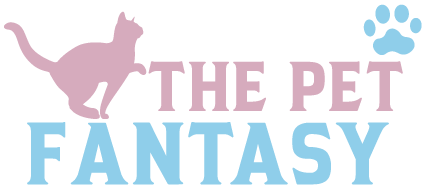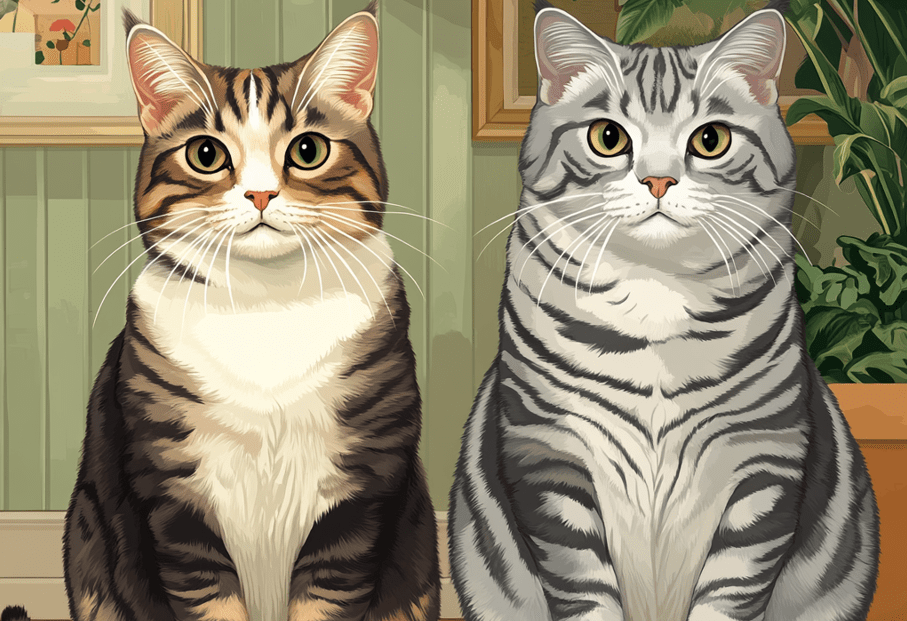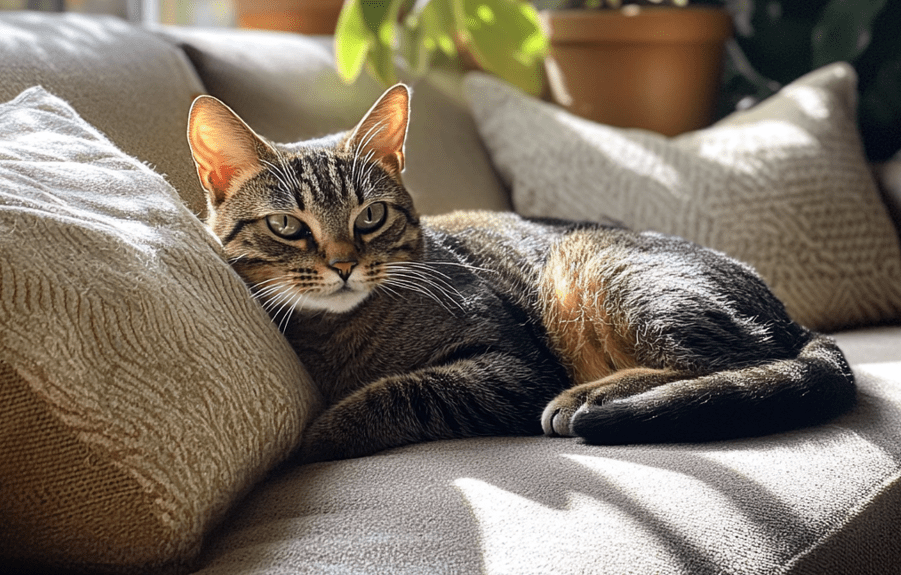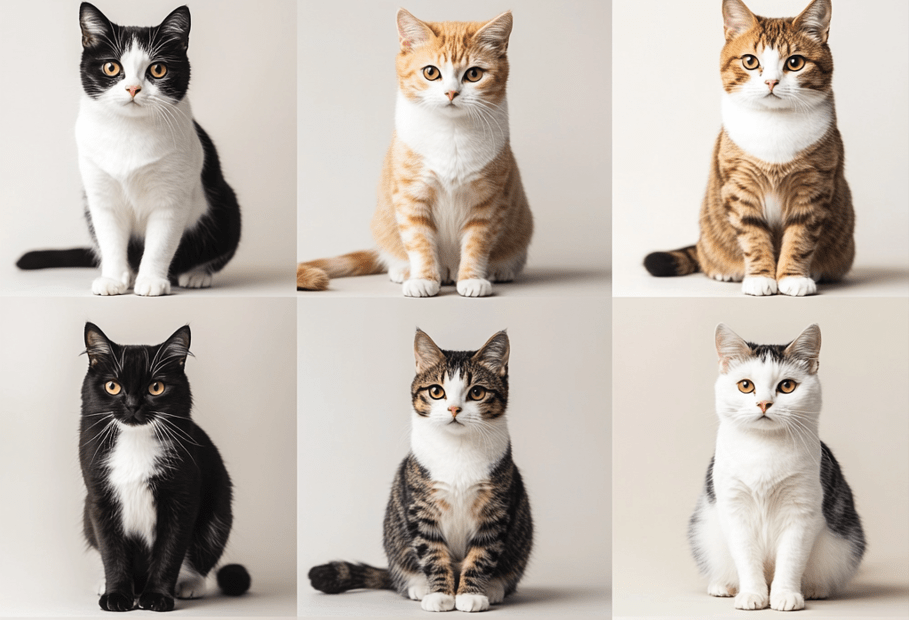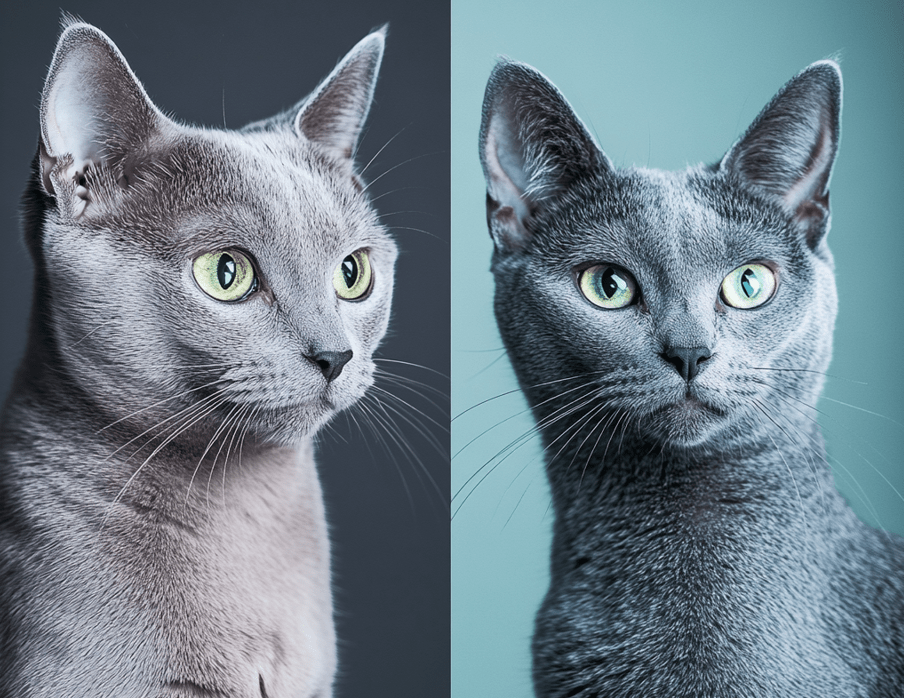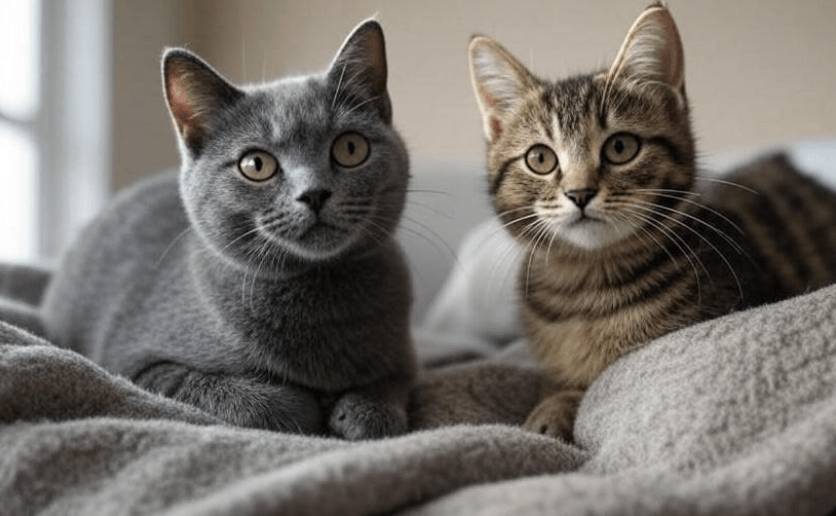
If you’re a cat lover or have been considering bringing a feline companion into your home, you’ve likely encountered the terms “Domestic Shorthair Cat” and “Tabby.” These terms have specific definitions that people tend to confuse. Do Domestic Shorthair Cats and Tabby pets describe the same animals or do these names show real contrasts? The lack of understanding between how people describe these cats creates a major problem when picking the perfect feline for a home.
In this article, we’ll delve into the details of Domestic Shorthair Cat vs. Tabby to clear up the confusion once and for all. You will learn all aspects of both cats including their natural features and notable distinctions through the conclusion of this informational guide. This article examines how to pick a pet by discussing Domestic Shorthair Cat and Tabby history, looks, behaviours, and medical needs together so you can find the perfect cat.
Overview of Key Topics:
1.What is a Domestic Shorthair Cat?
2.What is a Tabby Cat?
3.Key Differences Between Domestic Shorthair Cats and Tabbies
4.Appearance: What Does Each Look Like?
5.Personality Traits: How Do Domestic Shorthair Cats and Tabbies Behave?
6.Health Considerations: Are There Any Differences in Care?
7.Which One Should You Choose?
This piece explores the specific details about feline terms and explains their mystery.
What is a Domestic Shorthair Cat?
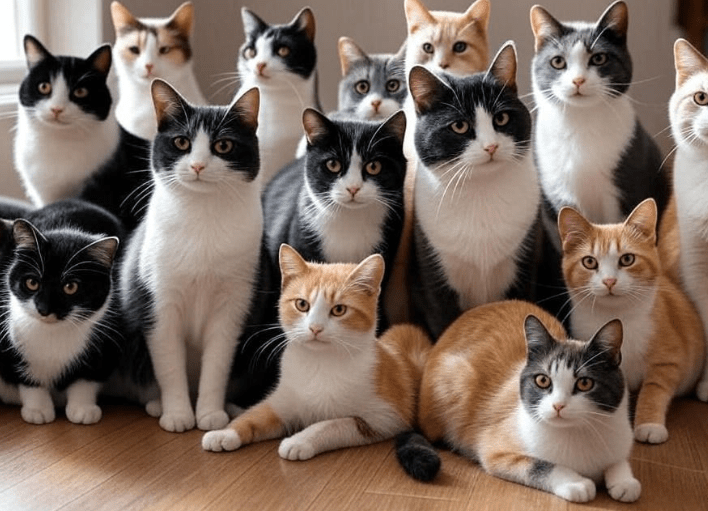
A Domestic Shorthair Cat represents a group of felines rather than a unique breed of its own. The name describes a short-haired cat that comes from mixed cat ancestry. Domestic Shorthair Cats are often described as “mutts” in the feline world, just as a mixed-breed dog is to dogs. Their different colours, patterns and personalities result from them containing mixed genetic backgrounds.
These house cats experience widespread popularity as pets throughout America. Domestic Shorthair Cats come in multiple sizes because their short coat does not define their physical traits. They stay distinct from each other because there are no breed requirements to follow. Each Domestic Shorthair shows its own body shape and muscle mass because the breed has no defined standards.
Although Domestic Shorthairs result from crossing various cats they normally display loving playful and wise personalities. These cats work well with households of any makeup and show natural adjustment ability together with their friendly temperament.
What is a Tabby Cat?
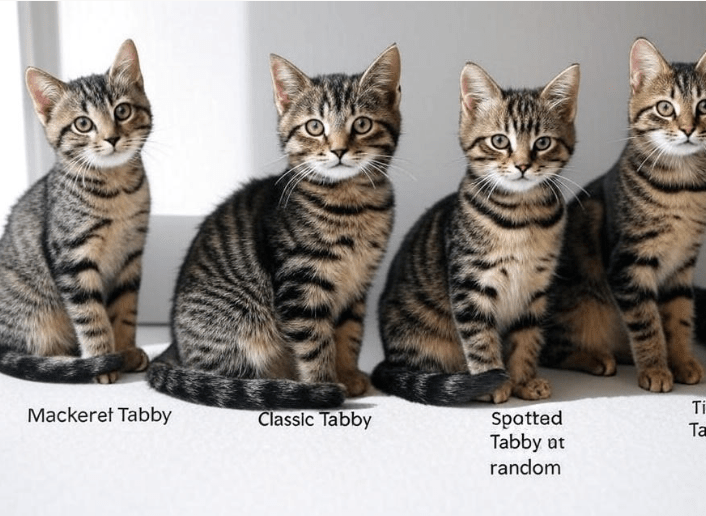
In contrast to the Domestic Shorthair, the term “Tabby” refers to a specific coat pattern, not a breed or even a type of cat. Domestic Shorthair Cats can carry the tabby pattern regardless of their breed type. The “Tabby” label describes a cat with a coat that includes markings like stripes, swirls, or spots, often with an “M” shape on the forehead.
Worldwide Tabby cats stand out as very commonly recognised domestic pets. The term “Tabby” has been used for centuries and comes from a type of patterned silk in ancient times, eventually applied to cats with similar markings. Tabby cats display three specific coat pattern styles which are striping, ticked bands that band each hair with multiple colours, and spotted markings.
Tabby coats exist in different defined colour patterns such as:
Mackerel Tabby: Mackerel Tabby cats display thin stripes across the sides of their bodies.
Classic Tabby: A classic Tabby shows its distinctiveness through its large swirl markings which imitate a marble cake appearance.
Spotted Tabby: The Spotted Tabby pattern displays unorganised specks on the cat’s fur.
Ticked Tabby: The hair bands across each strand bring out a gleam in Ticked Tabby coats.
Tabbies display their unique pattern in many different cat breeds such as Siamese plus Maine Coon and Domestic Shorthair cats.
Key Differences Between Domestic Shorthair Cats and Tabbies
Let’s move onto what distinguishes Domestic Shorthair Cats from Tabby cats after understanding both breeds. These two kinds of cats differ in significant ways although they seem similar at first sight.
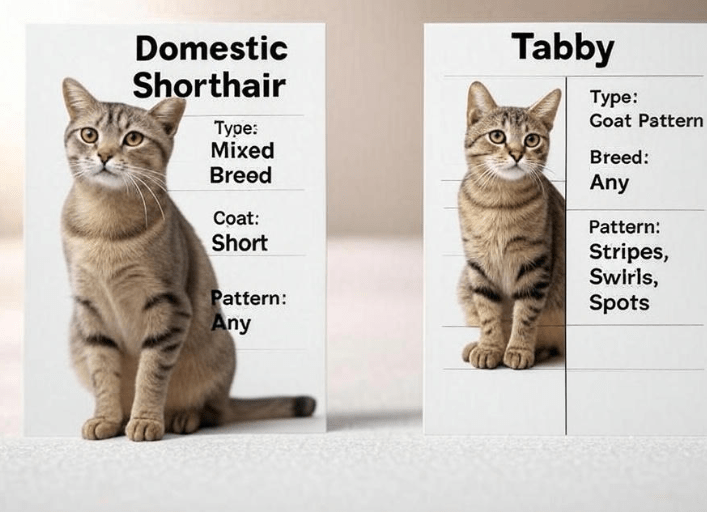
Definition and Terminology: The Domestic Shorthair refers to a type of cat with short fur and mixed ancestry. The term Domestic Shorthair does not identify a specific breed but describes a grouping of cats that come from multiple lineage sources. The term Tabby stands for a particular fur marking design that cat breeds of all kinds including Domestic Shorthairs can display.
Heritage and Ancestry: Most Domestic Shorthair Cats combine multiple cat breeds in their family background. Different cat parents contribute their characteristics to create Domestic Shorthair breeds. The Tabbies receive their name based on physical markings rather than genetic background since they can exist among any cat breed.
Physical Characteristics: The appearance of Domestic Shorthair Cats varies widely since they escape breed standards altogether. Each domestic shorthair cat looks different from the other because their sizes and features can differ widely. The defining feature of Tabbies is their specific coat pattern. The Tabbies keep their specific striping or spotting no matter what breed produces them.
Breed vs. Pattern: It’s important to clarify that the word “Tabby” isn’t a breed but a coat pattern. When a domestic shorthair pet cat displays Tabby markings it becomes a Tabby. A Domestic Shorthair Cat can display Tabby markings but these traits do not apply to every Shorthair breed.
Appearance: What Does Each Look Like?
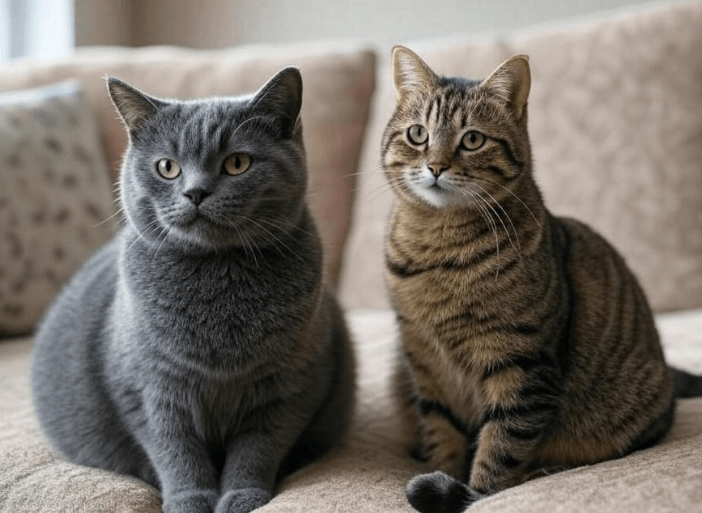
Domestic Shorthair Cats stand apart from Tabbies by their specific coat patterns. Domestic Shorthair Cats display various coloured patterns and solid fur arrangements because their hair remains short. Cats from this region carry a unique coat style since it displays black, white, grey, cream, orange, or coloured mixtures.
Unlike regular house cats Tabby cats display stripe and spot patterns on their coats. Tabby cats present their unique patterns mainly in grey and brown colours. The “M” shape on the forehead is also a distinguishing characteristic of a Tabby’s appearance.
The crucial difference between Domestic Shorthair and Tabby cats depends on the presence of specific coat patterns and their absence for the Domestic Shorthair.
Personality Traits: How Do Domestic Shorthair Cats and Tabbies Behave?
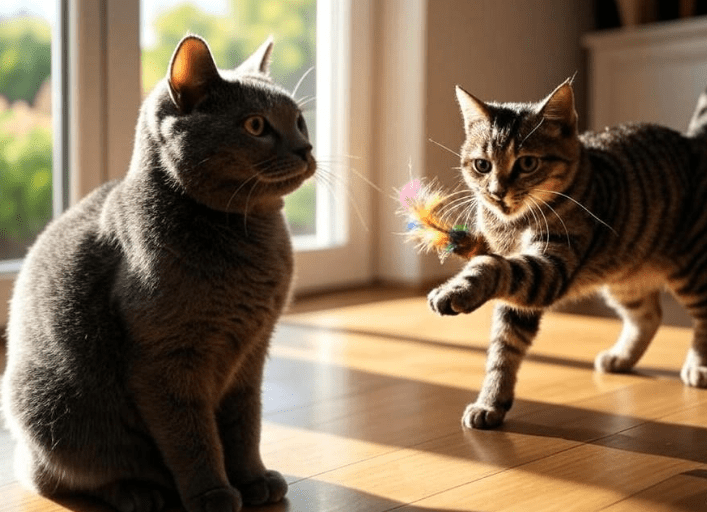
Both Domestic Shorthair Cats and Tabbies commonly exhibit close, fun and sociable behaviours through their personalities often match. Despite some similarities the major traits of domestic breeds differ.
Domestic Shorthair Cats have natural traits of independence combined with high intelligence and easy adaptability. They tend to be friendly but their personality type depends on their origin. Each domestic shorthair cat develops its unique personality showing either calm behaviour or joyful involvement with others.
Most Tabby cats show their energetic nature and love for being curious through their playful streak. Social cats naturally desire human companionship. Tabby Cats express their love in vocalisations and active bonding with their family members.
Because Domestic Shorthair Cats are mixed-breed animals each cat shows distinct personality characteristics. The personality traits of a cat depend primarily on its personal history and environmental factors without regard to its domestic shorthair or tabby breed.
Health Considerations: Are There Any Differences in Care?
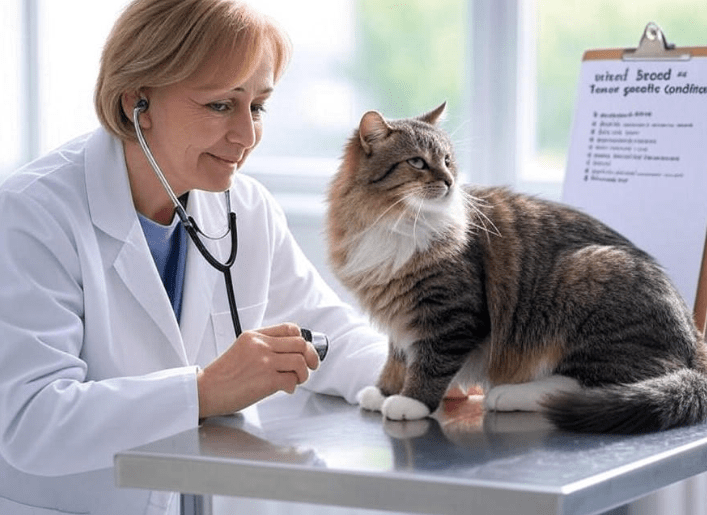
Domestic Shorthair Cats possess the same good overall health as Tabby cats yet both types require regular vet cheques to identify potential conditions. Because Domestic Shorthairs are mixed-breed cats they might be shielded from hereditary conditions most purebred cats face. Although they may develop obesity as well as dental and kidney problems the conditions can be managed successfully through proper pet care procedures.
The health risks that Tabby cats expose depend on the particular breed they descend from. A Tabby Maine Coon typically deals with hip dysplasia or heart medical problems. Obtaining your Tabby from a recognised breeder helps you get a health assurance agreement.
Which One Should You Choose?
Your selection between having a Domestic Shorthair Cat or a Tabby should be driven by personal preferences. Someone looking for both mixed-breed and short-haired feline companionship will discover a good match in Domestic Shorthair cats. If you find Tabby coat patterns attractive along with social and affectionate behavior then a Tabby might suit you best.
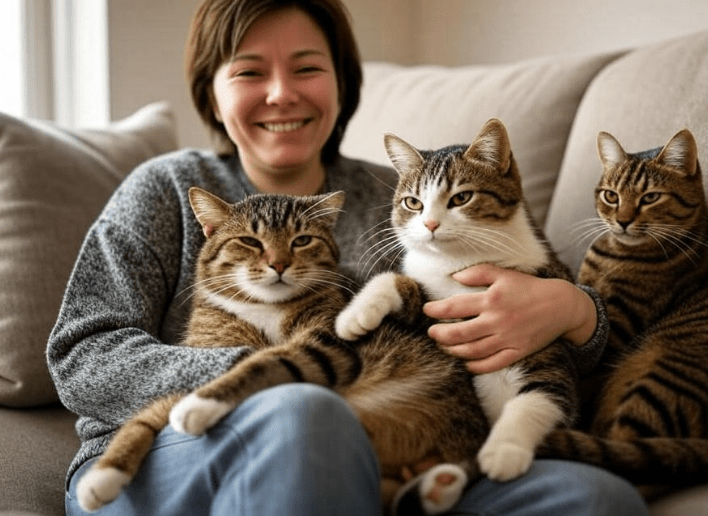
You will find quality pet companionship with either type of cat in home. You need to match the specific characteristics and temperament of your individual cat when deciding which type will work best for you.
Conclusion
The key difference between Domestic Shorthairs and Tabbies is based on what defines these cats: breeding or coat design. Any Domestic Shorthair cat might carry Tabby coat markings and its short fur makes it the basis for many mixed-breed feline types. Different types of cats can serve as excellent pets even though they maintain their distinct characteristics. You will have a committed companion either way by selecting from Domestic Shorthairs or Tabbies.
